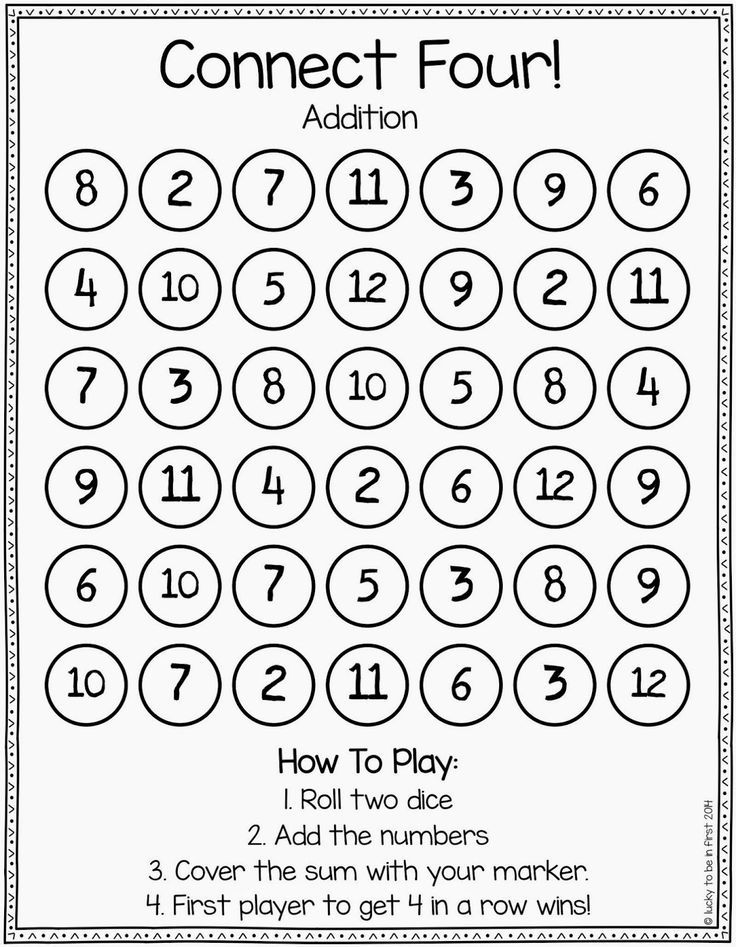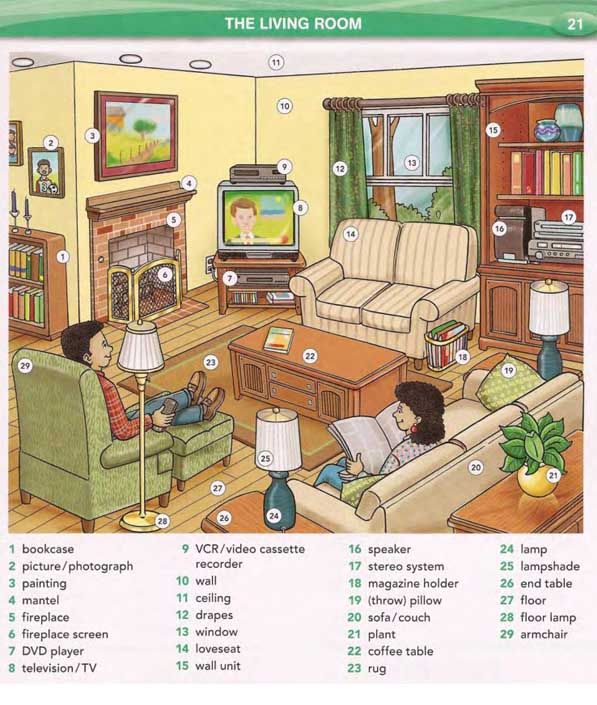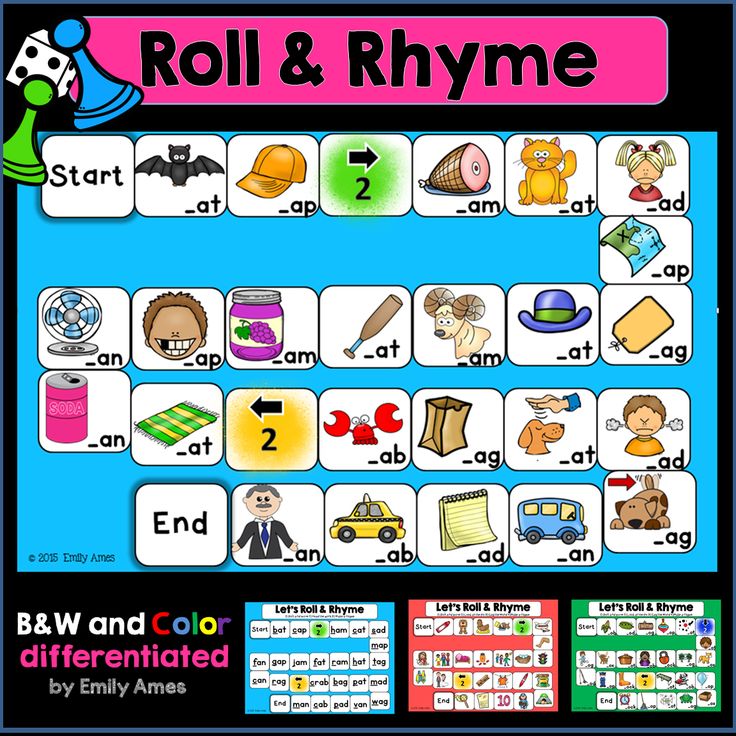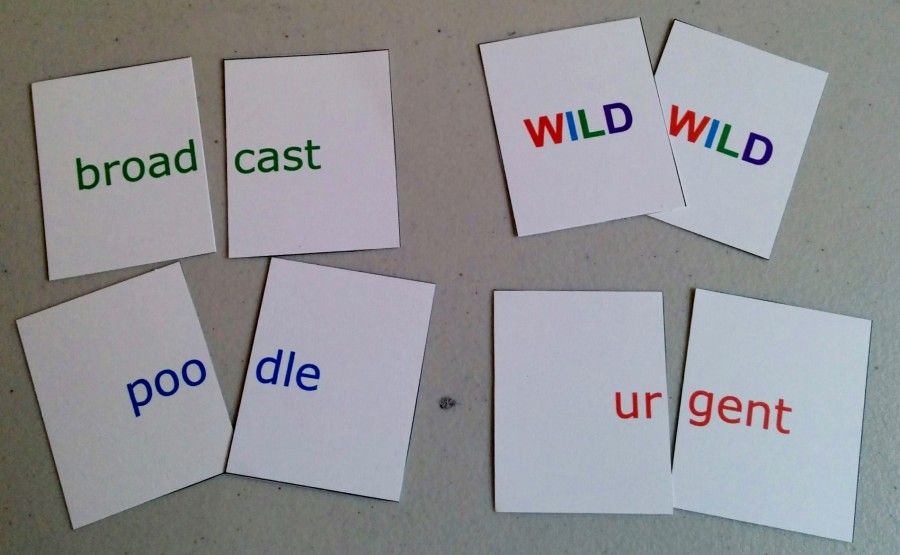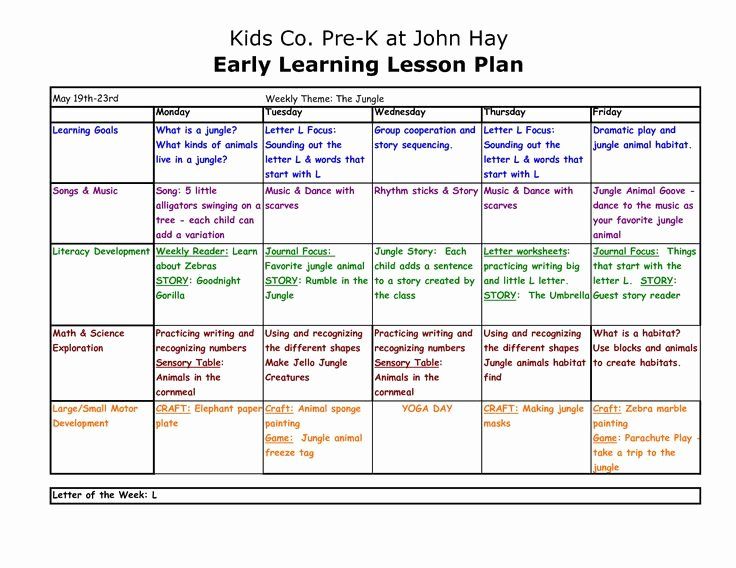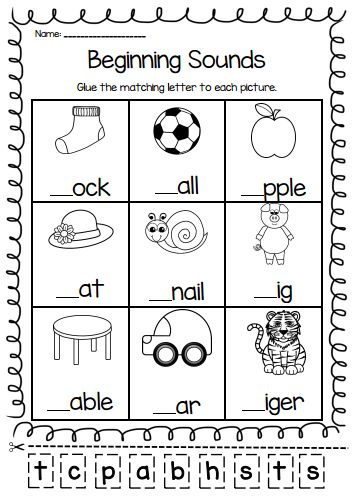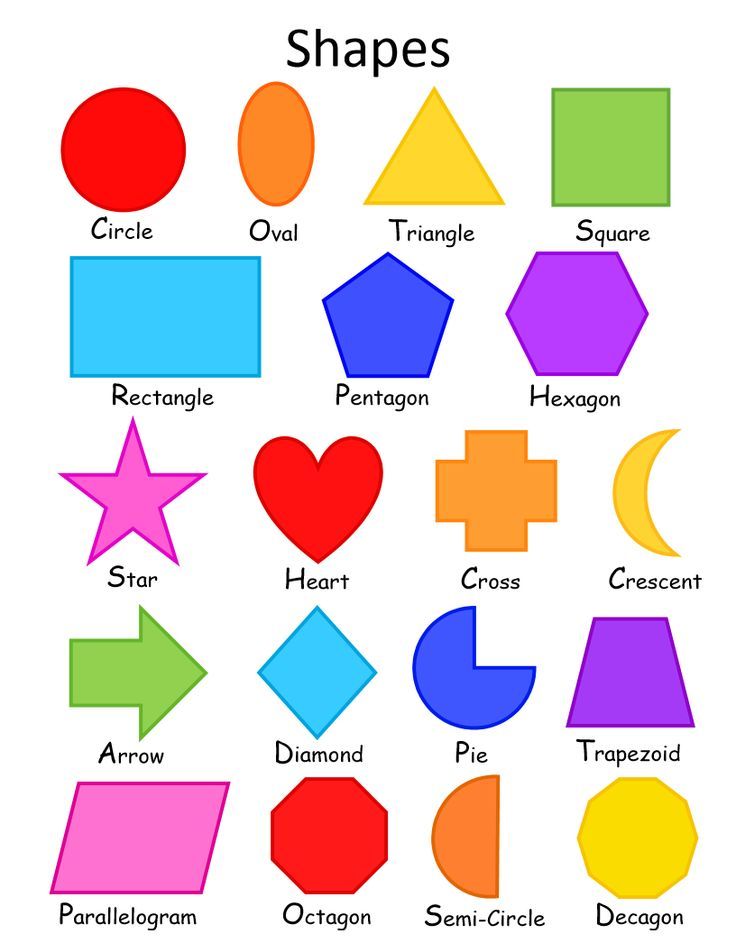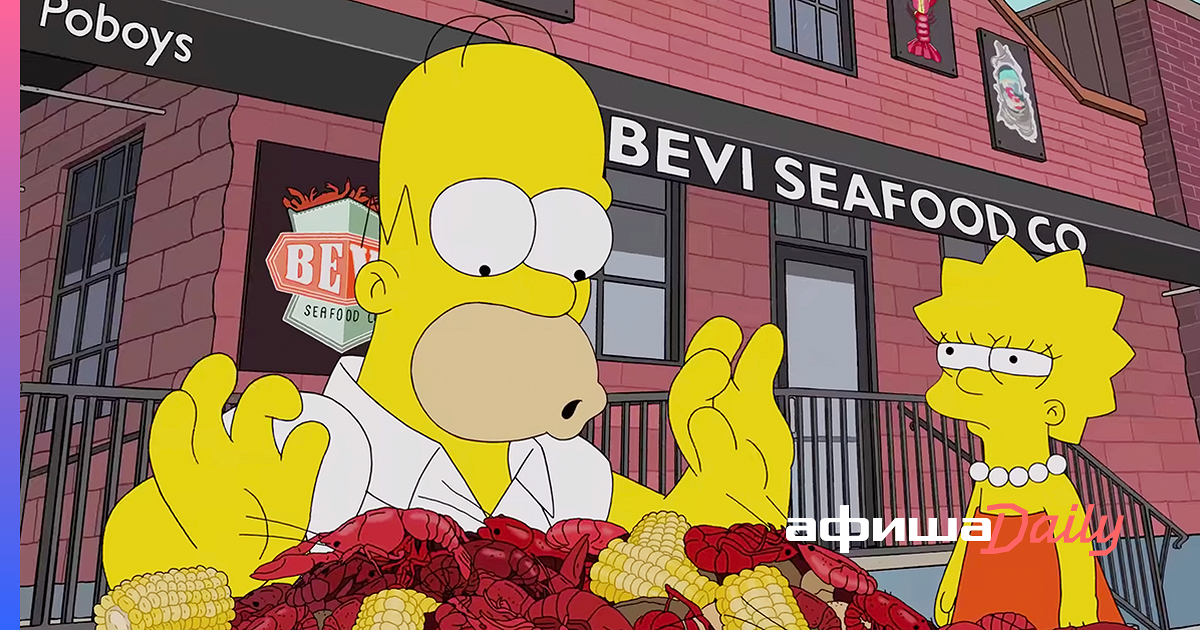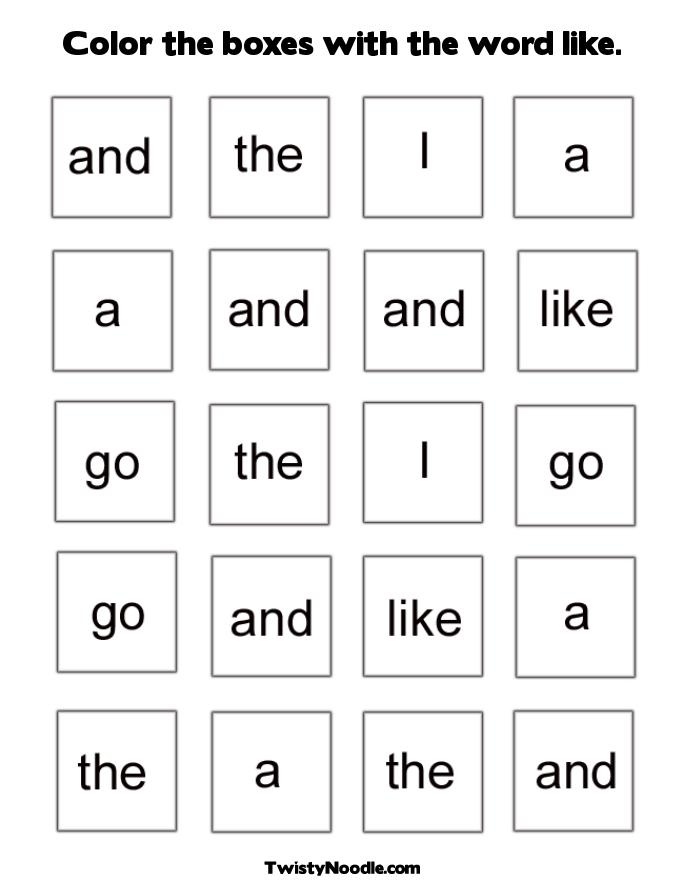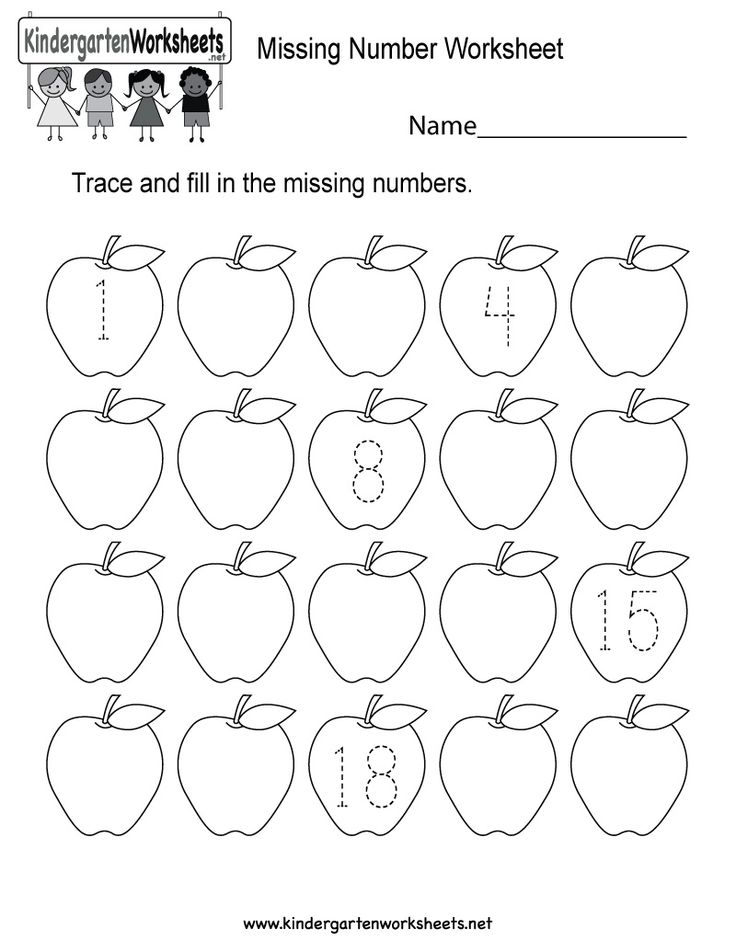Printable guessing games
“What am I?” A Quick & Easy Family Game – free printable.
This post is sponsored by the Bupa.
Sometimes I see those families who go camping on weekends, or do bush walks once a month, or who plan elaborate family movie nights with themed food and activities, and I wish that was us, but it’s not us.
We have four kids ranging in age from six to thirteen, each with their individual likes and dislikes. My husband works a ridiculous rotating shift, and I try to cram in working from home any way I can.
I know spending time together as a family is important, I know it’s worth the effort, it’s just not always easy to find big blocks of time, or come up with something that everyone can do and enjoy.
Even if the stars align and I attempt to plan the perfect family outing, often someone will roll their eyes, or screw up their nose, and ‘team family time’ becomes ‘whining kids and frustrated parent time’.
But just because we are not a weekly-bushwalk-followed-by-a-family-date-night kind of family doesn’t mean our team doesn’t spend time together. It just means we jump in with fun, silly, quick and easy ideas whenever we find a snippet of time.
Right now our favourite quick and easy family game is the very silly ‘What Am I?’ game.
‘What Am I?’ is a cross between celebrity head and twenty questions.
It doesn’t take long to play, so it’s perfect for when you only have a little bit of time but you want to put it to good use with your team. We often play while we are eating dinner!
It’s portable, (great for when you are waiting or travelling) it’s easy enough for little ones to play (with some help) and fun enough to keep older kids engaged. You can be as silly or as serious as you like, and all you need is a scrap of paper and a pen – or our free printable ‘What Am I?’
Our printable ‘What am I?’ cards have either an animal, a person, a place, or a thing, on them. There is also lots of blank cards so you can add your own ideas.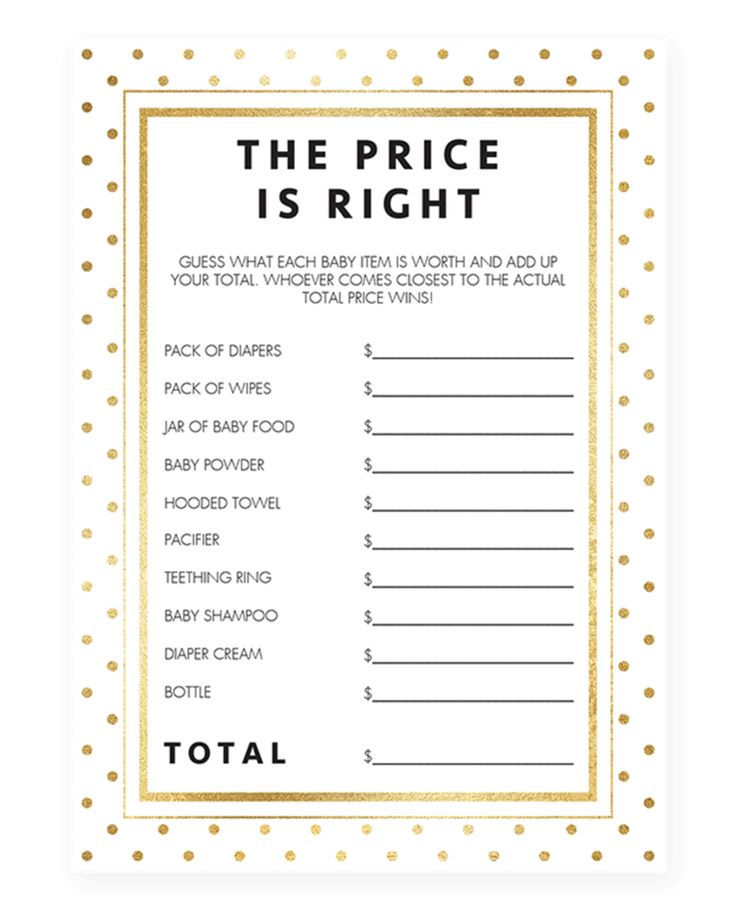
For little kids, try to stick to things they know really well – people in their family, things they can see where they are etc. For older kids try a few tricker ideas like characters from movies, or places they have never been but would like to go to.
You can download our free printable ‘What Am I?’ game cards here.
This printable is an A4 sized pdf file, you will need a pdf reader such as adobe acrobat to open it. If you are printing on US ‘letter sized’ paper be sure to select ‘fit’ or ‘shrink to fit’ from your printer options.
Please remember that the printables at picklebums.com are for personal use only, you may not sell, share, or link directly to these files.
One person chooses a card and holds it up against their forehead, or props it up in front of them, without looking at it.
They have to ask yes or no questions and try to find out what they are.
The rest of the family answer the questions until they are finally able to guess who or what they are.
It’s a pretty simple game, nothing fancy, but it’s something we can do as a family, without a huge amount of time or effort, and it makes us laugh.
The other day we were all crying with laughter because Dad just couldn’t figure out that he was a dog, and it’s the little moments like these that go down in our family history, that become stories that get told over and over again, that become the threads that tie us together as a team.
Bupa is encouraging everyone to ‘take 10’ and spend time connecting with family, relishing the small moments together, and we are definitely up for the challenge.
What’s your favourite easy and fun family game or activity?
Leave a comment and share your favourite, easy, family game or activity. And find more ideas for quick and easy ways to connect and more information about Bupa’s Team Family Movement here.
Free Printable Guess the Rainbow Game
Who can guess the rainbow in this fun game that uses a bag of Skittles, guessing skills, and a little math! The perfect game for St.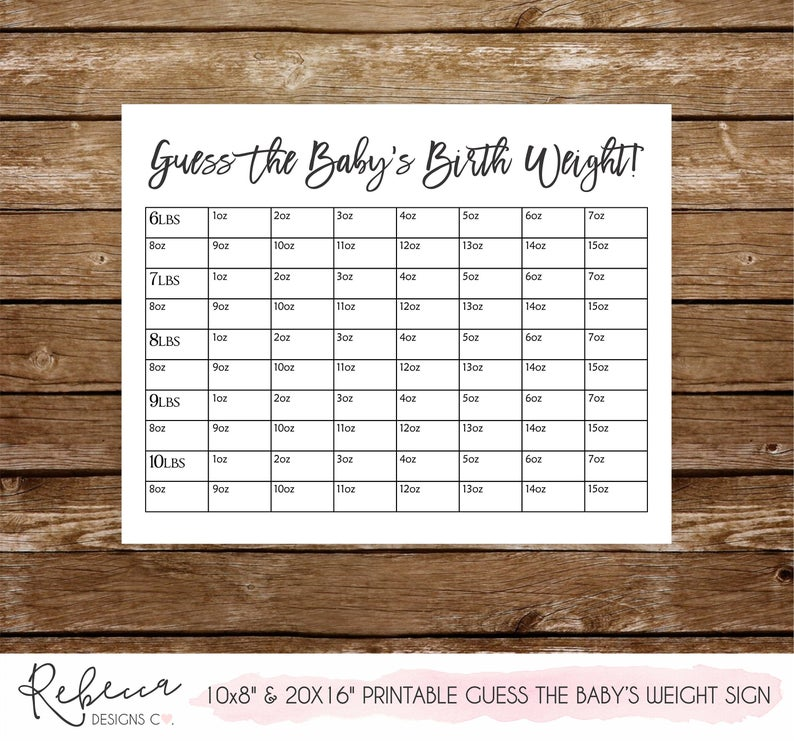 Patrick’s Day or any rainbow themed celebration! Fun for kids, teens, and adults who’ll enjoy the anticipation of counting for the win!
Patrick’s Day or any rainbow themed celebration! Fun for kids, teens, and adults who’ll enjoy the anticipation of counting for the win!
I’m a big fan of anything to do with rainbows and candy. Roll a rainbow, chase the rainbow, rainbow donuts, rainbow cupcakes – you name it. This rainbow guessing game incorporates both into a fun and easy (yet challenging) game for all ages!
Simply put – you’re trying to see who can guess what comes in a Skittles bag, color by color. Whoever guesses the closest wins!
Play with the kids, play with a group of adults, add it to your favorite 1st grade learning games. Play in-person, play virtually. There are so many ways you can use this game, that’s one of the reasons I’m so excited about it!
This would also be a really fun addition to any rainbow baby shower (or many of these other baby shower themes for girls).
Supplies
You only really need four things to play this game:
- Bag of Skittles – you can do any size you want.
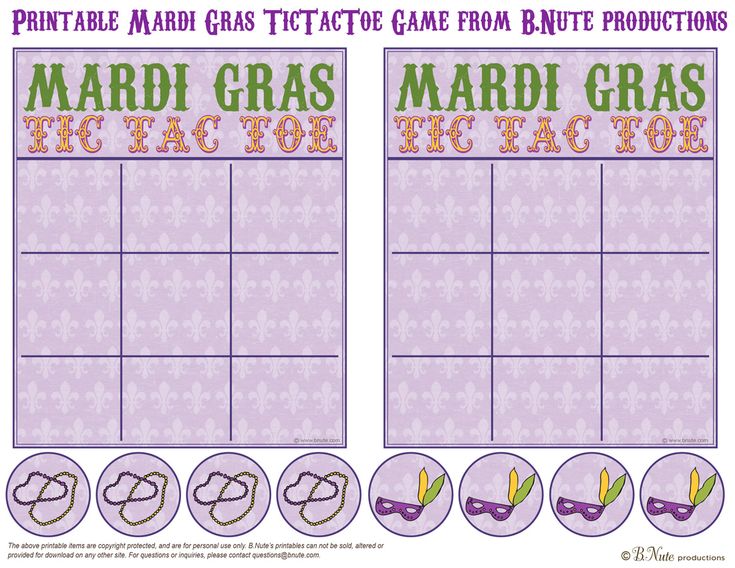 I typically just do a regular candy bar size, just make sure that it’s either traditional Skittles or Sour Skittles so the colors match the cards (red, orange, green, yellow, purple). The larger the bag, the more difficult it gets to come close.
I typically just do a regular candy bar size, just make sure that it’s either traditional Skittles or Sour Skittles so the colors match the cards (red, orange, green, yellow, purple). The larger the bag, the more difficult it gets to come close. - Guess the Rainbow cards – you can download sheets of the guessing game at the bottom of this post or get them in my shop here. There are four to a card.
- Pen/pencil – one for each person to write on their game.
- Prizes – see prizes section at the bottom of this post for an explanation on the prizes!
How to play
Before you play, give everyone a copy of the guessing game and a writing utensil of some sort.
Show them the unopened bag of Skittles so they know how big it is.
Hint!
According to Wrigley, a standard 2.17 ounce bag of Skittles contains an average of 56 pieces of candy. Feel free to share this with the players before the guessing starts if you’re using a 2.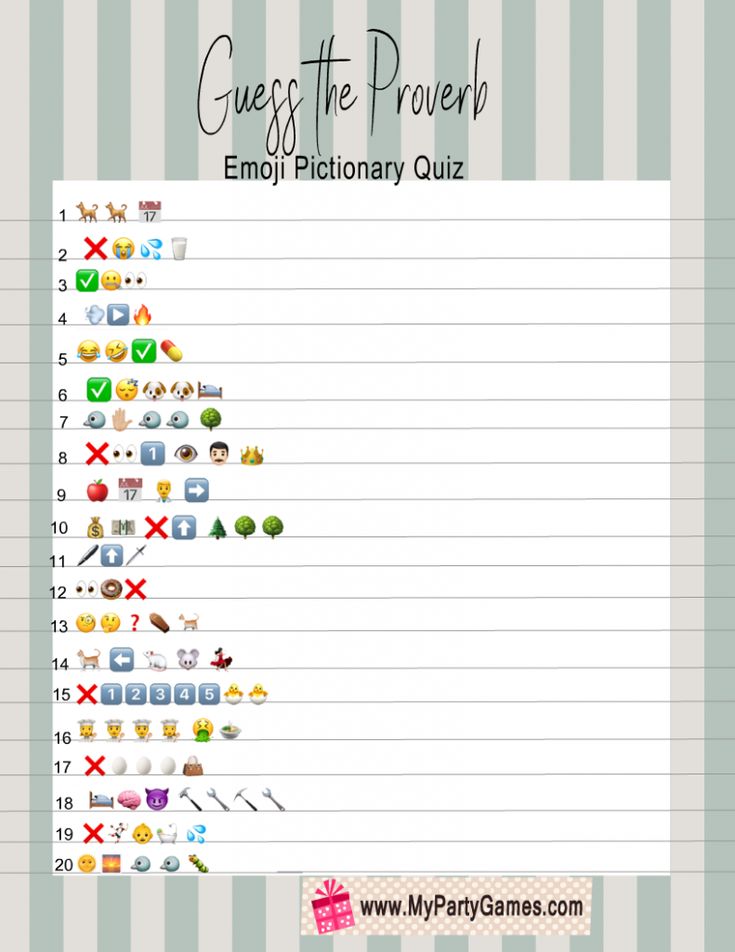 17 ounce bag. Just know that’s average, some will have more or less.
17 ounce bag. Just know that’s average, some will have more or less.
Have everyone make their guesses as to how many of each color will be inside the bag. The goal is to get as close as possible to each color. Unlike in this price is right game, it doesn’t matter if you’re too high or too low, it’s just getting as close as possible.
Give everyone just a few minutes (it’s only five colors so shouldn’t take too long) and once they’re done, have them turn their card over or put their pencil down.
How to Score
If you’re worried about honesty, have everyone switch cards with someone else for the scoring. Hopefully this isn’t an issue but just putting it out there.
Open the bag of Skittles and pour them into a large bowl.
One color at a time, count how many Skittles there are of each color and announce it to the group. Everyone should put the actual number on their cards and calculate the difference between their guess and the actual number (positive/minus doesn’t matter).
So if you guessed 7 and there were 9, the difference would be 2. If you guess 9 and there seven, the difference would still be 2.
Go through all five colors then add up the total of the numbers on the difference lines.
The person who has the LOWEST difference number wins.
Prizes
Okay so there are a couple of ways you can give out prizes for this game. You can either give out just a prize for the lowest difference winner OR you can give out six prizes – one for the person closest for each color and a total difference winner.
If you’re going to do six prizes, I recommend using a larger bag of Skittles so it’s unlikely that you’ll end up with a tie. Or have a tie breaker of some sort figured out – maybe a guess the color of the Skittle in your hand and whoever guesses wins the prize.
Here are some fun prize ideas that would be great for this rainbow game!
- Skittles (obviously)
- Rainbow suckers
- Rainbow magnet (these are so cute!)
- Rainbow Airheads
- Twisted Rainbow Punch Sweetart Ropes
- Macrame Rainbow Keychain (would be really fun for a baby shower)
- Llama game (complete with rainbow llama cards)
- Rainbow body soap
Expert Tips
Go virtual by having everyone just write down their guesses (no need to use the cards) on a piece of paper.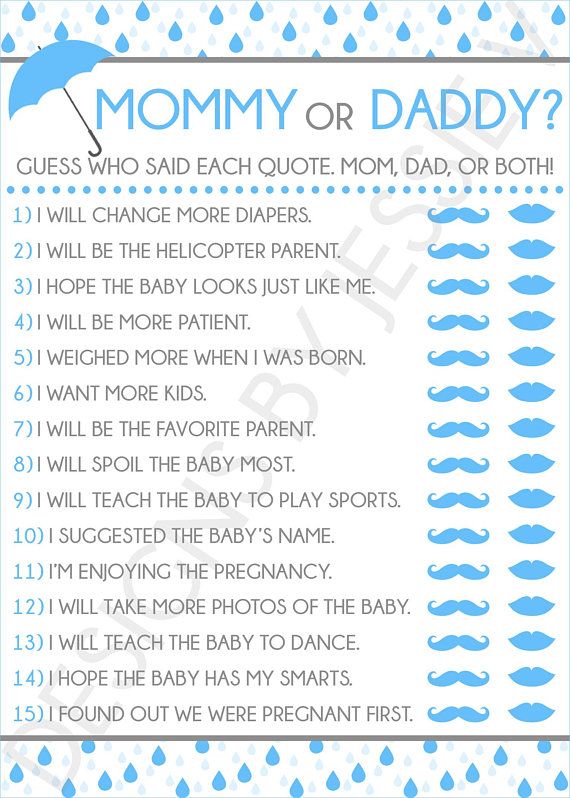 Then either drop off prizes, send digital prizes, or don’t do the prizes and just have fun playing!
Then either drop off prizes, send digital prizes, or don’t do the prizes and just have fun playing!
Laminate the cards and play again next year or next month. Every bag of Skittles is going to be a little different so you can play again and again.
Skip the game and make it a fun math activity for kids instead. Have them guess the number in a fun-size Skittles bag, do the math once they open it, and get the Skittles as a reward for completing the math activity!
Count the Skittles ahead of time if you’re using a large bag with a large group (and doing individual prizes) then just put them back into the bag and tape it shut. Counting all of those Skittles can be fun as the pressure mounts during counting but can also take time. Decide if you have the time do the counting in person.
Game FAQs
What age is this game good for?
If you can guess and write numbers, this game is good for you! If you can guess but can’t write, pair team members together (like preschoolers and parents) to get everyone involved.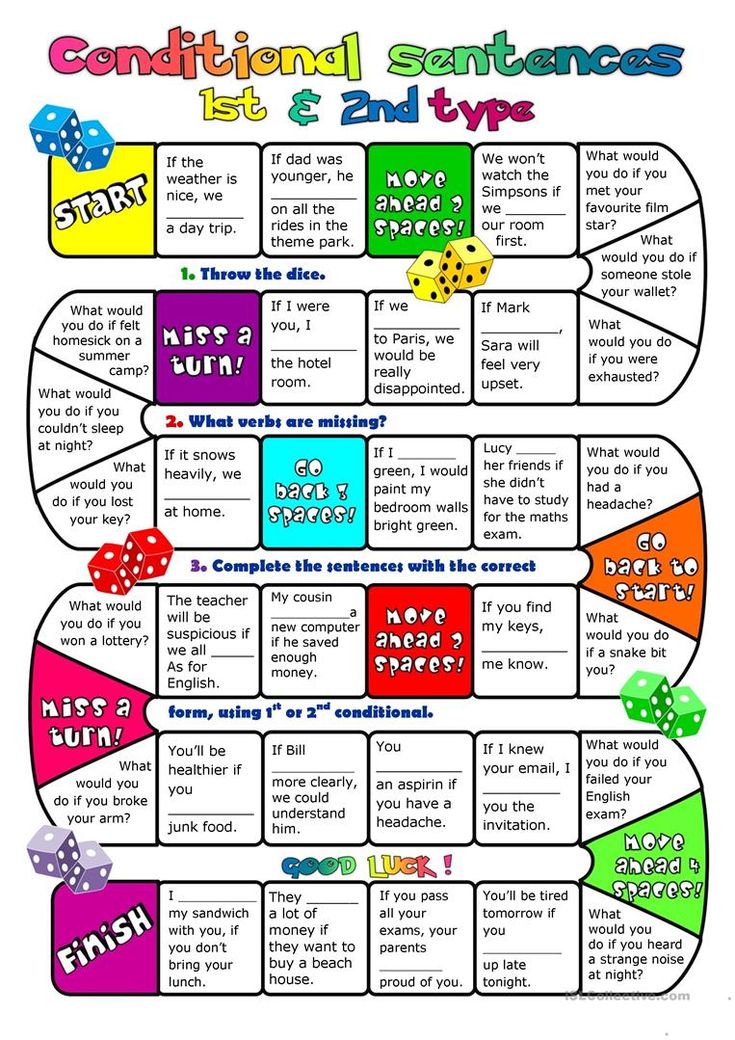
Do I have to use regular Skittles?
The cards are designed to be used with regular or Sour Skittles since they have red, orange, yellow, green, and purple color slots. If you want to use a different type of Skittle, feel free to just have players write down their answers on a piece of paper.
More Candy Activities
If you liked this Skittles guessing game, you’ll love these other games that incorporate candy as well!
- Candy campfires – learn how to build a campfire by building it with candy first! This printable activity is one kids and teens will love!
- Candy cane games – an entire collection of family-friendly games using just candy canes!
- Guess the food game – see who can guess what candy they’re eating is first! This hilarious game is great for Halloween or any time of year!
- New Year’s Eve dice game – roll the dice to win, lose, and pass candy to your friends!
- Saran wrap game – wrap pieces of candy into a large saran wrap ball then roll the dice for a chance to unwrap!
Looking for more PRINTABLE GAMES?
Download Guess the Rainbow
Enter your first name and email address in the form below to get the printable PDF.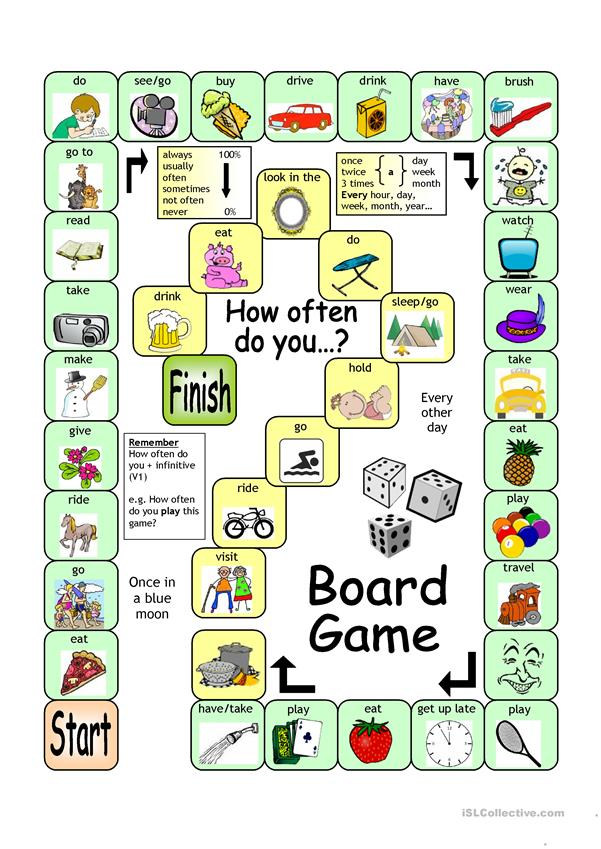 You will receive a link to download the PDF to your email within minutes.
You will receive a link to download the PDF to your email within minutes.
If you’d rather not provide your email, you can get a copy in my shop here.
If you do not see the form, click here to get to it.
If you do not see the email immediately after you fill out the form, make sure to check your promotions, spam, and junk folders!
The file will include:
- Instructions
- Quarter sheet (four to a page) game cards
10 best board games where you have to explain words
We somehow looked at the top sales and realized that there are an incredibly many games for explaining words. And it's clear: these are simple rules, a funny process, you can play at any age and with almost any number of players, because you can always team up. Of course, in addition to the classics, there are new board games where you have to explain words, concepts and sensations in unexpected ways. We have collected the most popular and absolutely cool ones here.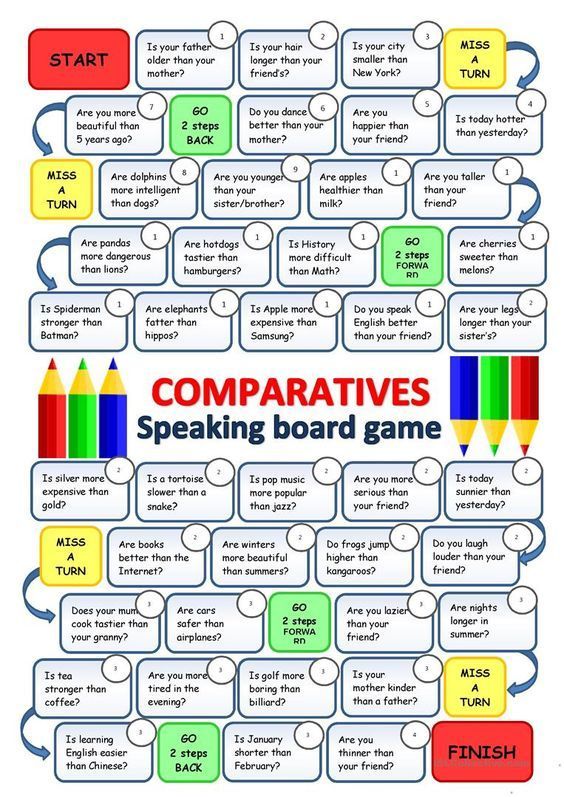
Crocodile
Age : from 6 years old
Number of players : from 3 to 16
This is a pantomime explanation familiar to everyone since childhood. There are already quite a lot of crocodiles: ordinary, on the road, for children (usual from 12 years old, and for children from 6). There, words and phrases are written on cards.
Elias
Age : 5+
Number of players : 4 to 12
On the contrary, a game where words are explained with words, but without cognates. For rooms or situations where it is not very appropriate to stand and portray a tram, it is better to take such an explainer game. There are also a lot of them: from children from 5 years old to adults from 10 years old.
Bomb
Age : 14+
Number of players : 4 to 16
It combines two ways of explaining words, and even three are obtained: words, pantomime and one word.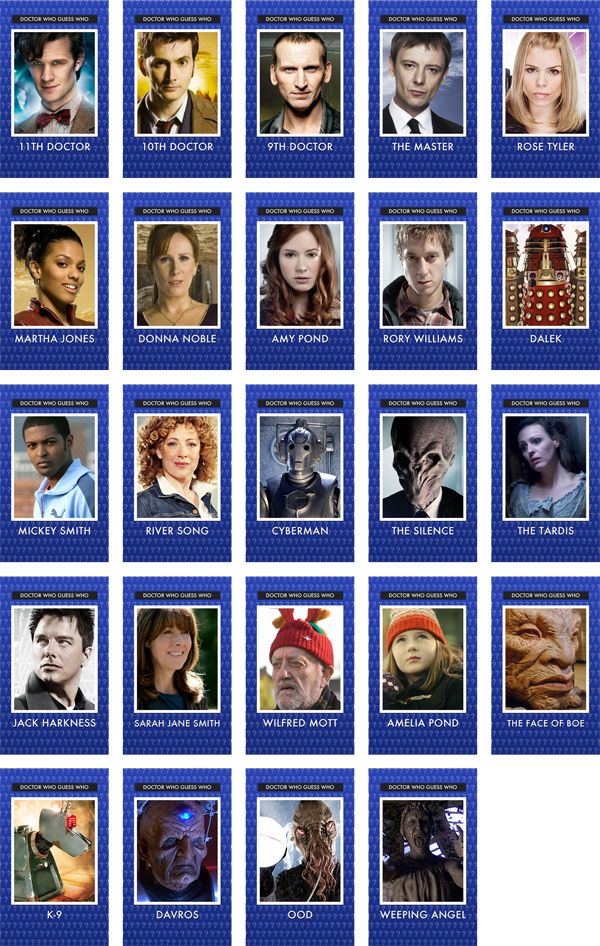 The third is the most difficult way, but after you have already explained the same cards to each other in two other ways, this one is easier, and by the word "beard" you can guess Tolstoy.
The third is the most difficult way, but after you have already explained the same cards to each other in two other ways, this one is easier, and by the word "beard" you can guess Tolstoy.
Activity
Age : 4+
Number of Players : 3 to 16
A very popular game in the West, which has already become almost a classic in our country. It also needs to explain the words in three ways that fall on the field: gestures, drawing, or explanation without cognates. There are versions for companies, on the road, and children's kits go as far as 4 years.
Equivoki
Age : from 10 years
Number of players : from 2 to 16
Let's take more! The Russian game Ekivoki offers to explain words in as many as 7 ways! Guess what? Ekivoki are kind, very beautiful and really funny.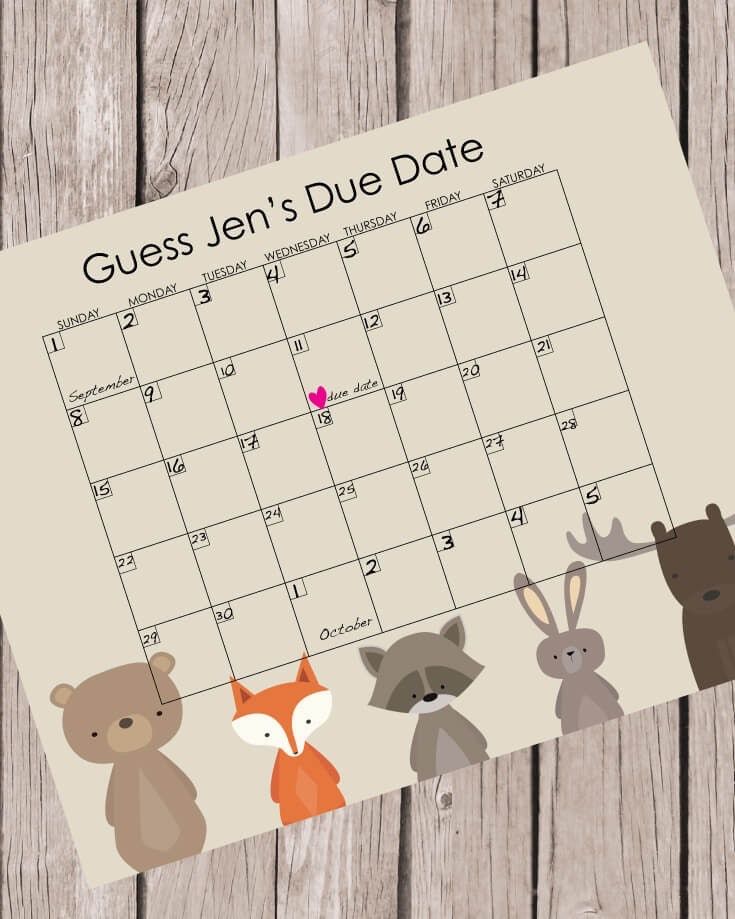 There is plasticine and the opportunity to show the talents of a tenor or soprano.
There is plasticine and the opportunity to show the talents of a tenor or soprano.
Valera time
Age : 16+
Number of Players : 3 to 8
When everyone played Equivoki and thought that the ways to show words and phrases were exhausted, we got the game Valera's Time. She soared to the top of the funniest games, queues lined up in stores, and publishers did not have time to produce rubber dolls. What? Ah, yes, here, another way is to explain words with the help of an inflatable male doll Valera. It is possible to burn the whole crowd.
Jaws
Age : 16+
Number of players : 2 to 4
An inhuman frenzy, from which it reduces the jaws. Again we use additional items: here these are expanders for the teeth. Here you need to explain the words, let's say, by putting a plastic thing into your mouth, which somewhat changes your diction.
Here you need to explain the words, let's say, by putting a plastic thing into your mouth, which somewhat changes your diction.
Honey mushrooms
Age : 18+
Number of Players : 3 to 7
If you like the theater of one or two actors and absolute madness, try Honey mushrooms. Not mushrooms (from mushrooms, by the way, there is nothing like that), but a board game where you need to explain to one player (he is a doctor) what the other two show with gestures (they are your glitches).
Spoiler
Age : from 12 years old
Number of players : from 3
With a headband and a character card, you can transform into... anyone! You can become a real character or a fabulous one: Terminator, Nutcracker, Alexander Lukashenko. Now you need to guess who you are. Read to your friends the situations in which you find yourself, and try to understand from their answers what is written on your card.
Emotional Intelligence
Age : 12+
Number of Players : 3 to 14
Let's get back to quiet games. Emotional intelligence is practically an educational game in which you have to read phrases with different emotions. And opponents have to guess what you are experiencing, abstracting from the texts. Such a guessing game by facial expressions, and it was invented by a real mime.
Fans of explainer games will also be interested in Pantomime Games. If you are not sure which game is suitable for your holiday or as a gift for a specific person, call - our operators will help.
what kind of game is this, rules, versions and additions, similar games
The history of the Alias game begins in 1989. Its author is the Finnish company producing Tactics games. Her other Russian names are "Hat" or "Tell me differently.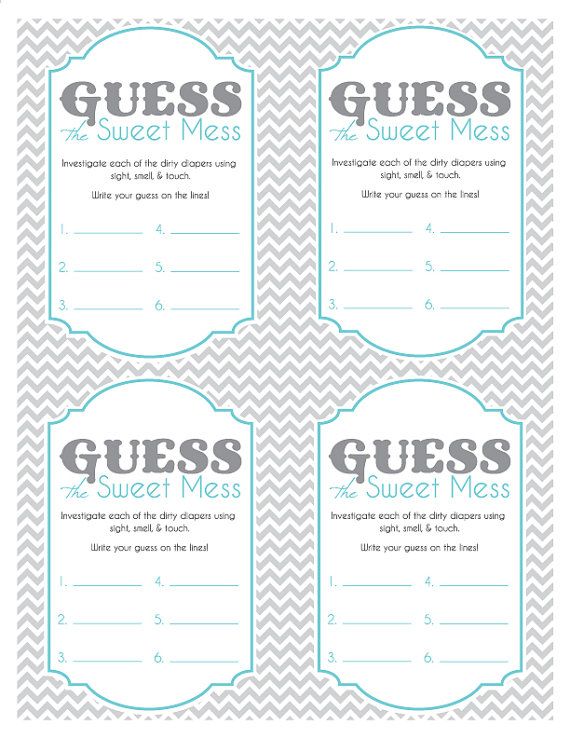 "
"
Contents
- 1 What is Alias game?
- 2 Purpose of the game
- 3 Number of players
- 4 Equipment
- 4.1 Playing cards
- 4.2 Playing field
- 7.7 Ladies vs gentlemen
- 7.8 Crazy version
- 7.9 Genius version
What is Alias game?
Elias is a team game that does not require special skills and is suitable even for parties. Its essence is in guessing the words written on the cards. Something similar is played by the heroes of Tarantino's Inglourious Basterds. Only in the original version there is a playing field, and no one attaches cards to their foreheads. To be precise, Tarantino's game is called "I am a character", but Alias is Alias. Although some incorrectly call her "Alice".
Purpose of the game
The essence of the board game is team word guessing. The rules of the game are quite simple, and the one who guesses the most words wins, earns the fewest penalties and reaches the finish cell first.
Number of players
The classic number is 4-12 players. If anyone wants to join in excess of this number, he will have to give out additional chips that are not provided in the basic package.
An increase in the number of players leads to a prolonged game, which is especially critical when spending time with children.
Equipment
The equipment has remained unchanged since the invention:
- cardboard box;
- 400 cards, each with 8 words;
- chips;
- hourglass;
- printed rules;
- dice for determining the order of the move.
As noted above, there may not be enough chips for a large number of players, so you will have to build them from improvised means.
Playing cards
Word cards are included in the game in large numbers so that you don't have to make them up along the way, and the next time is just as fun as the first.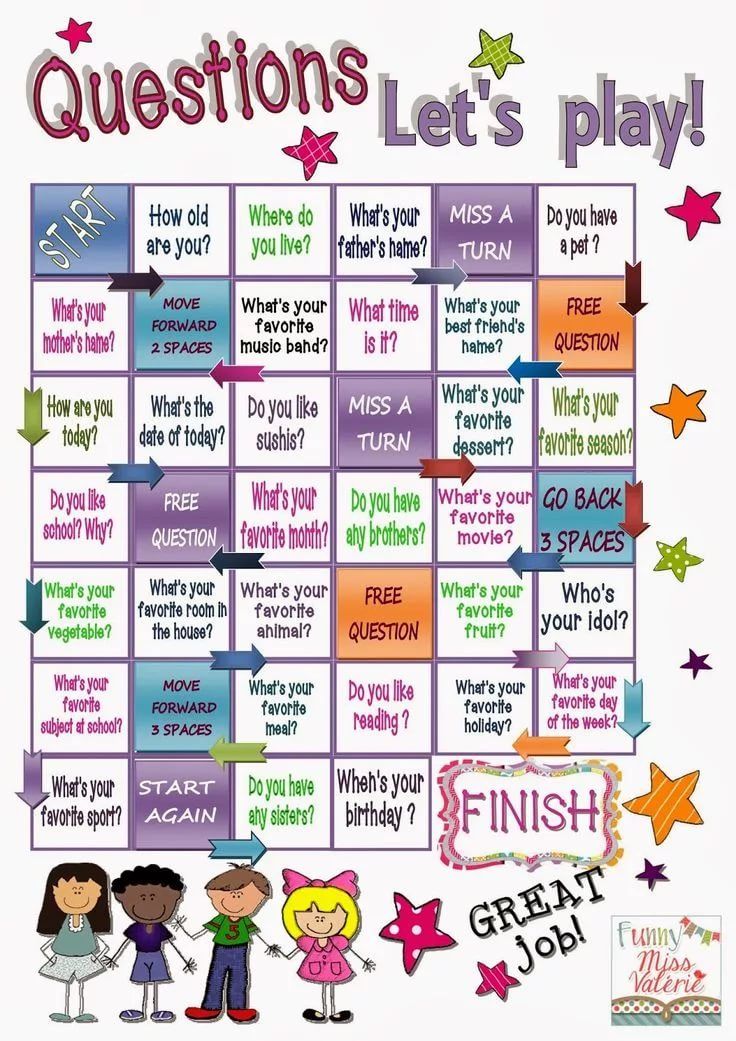 It is necessary to disassemble them blindly, so they are stacked with the inscriptions down and mixed in advance.
It is necessary to disassemble them blindly, so they are stacked with the inscriptions down and mixed in advance.
Playing board
Black or red cardboard board with continuous serpentine markings. This snake consists of numbers, according to which moves will be made depending on the points scored by the team. There are also special cells, for example, “robbery”.
How to play Alias
It all starts with the division into teams, and the turn order of each of them is decided by random in the form of dice. It is enough to determine the order of moves once before the start. After that, each team guesses the words in accordance with their order, while one player shows or talks about the words from the cards in accordance with the rules for one minute. But there are some nuances.
How to explain words
Only one minute is given to explain words to your team, and the time is recorded by an hourglass. There are clear rules and prohibitions to explain.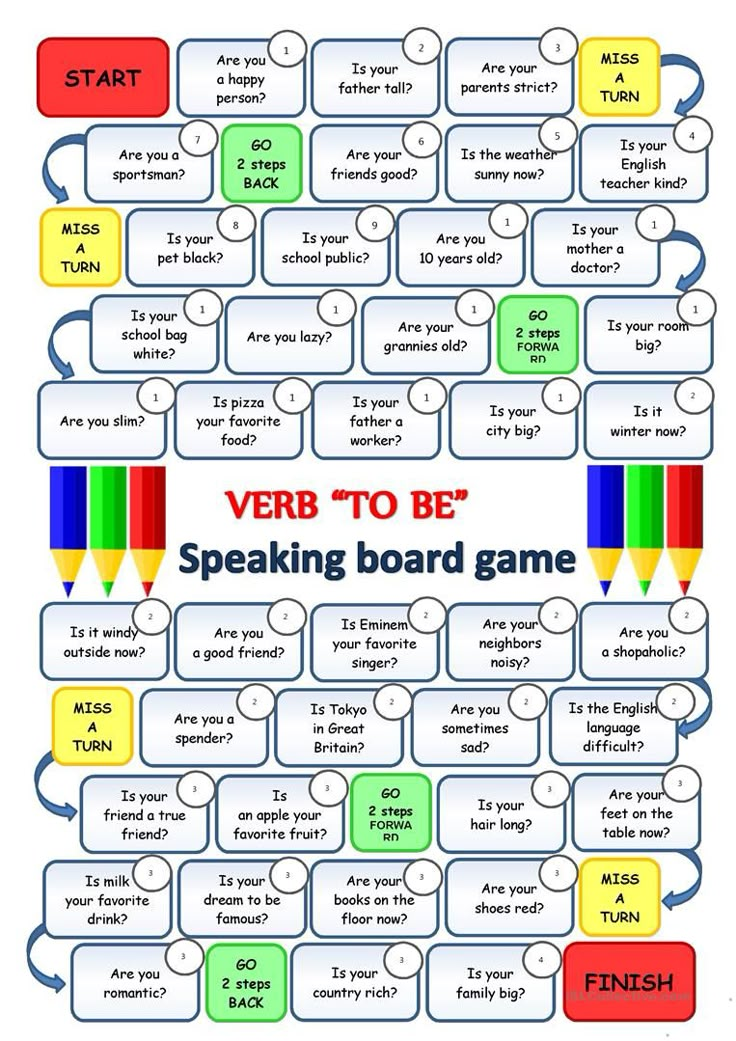 Here are some of them:
Here are some of them:
- you cannot translate the word into other languages and generally use foreign languages;
- you cannot use single-root words, for example, “vacuum cleaner” and “dust”, “mushroom” and “mushroom picker”;
- it is possible to show something with gestures, but it is no longer possible to use sign language;
- you can not say the word written on the card aloud, as well as whisper or articulate it with your lips;
- you cannot write down a word from a card somewhere or depict the letters that make up it.
Gameplay
First determine the order of commands using dice. Then the players place their chips at the start on the playing field. The cards are shuffled and stacked face down. You can only select them blindly.
Then the player of the team that was drawn by lot to open the game takes one of the cards and does not show it to the others. He needs to explain the words according to the rules and do it one by one.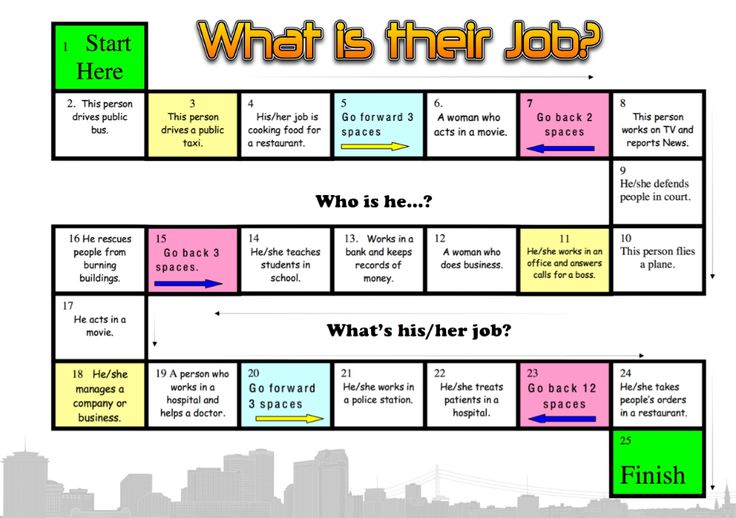 You only have 1 minute to guess.
You only have 1 minute to guess.
For words not guessed from the list, a fine is charged depending on their number. According to the sum of points, the team moves its chip on the playing field, and the move is transferred to the next team.
There is another important point that may arise due to carelessness or sluggishness of the team and most often gives the other team a point. If the allotted minute ends before the team has time to guess the word, then the opponents can do it and earn a point. To avoid this, the explainer needs to keep track of the passage of time and stop explaining well in advance.
Robbery
There is a square called “robbery” marked on the playing field. If the team's pawn crosses it, then during the next round it receives special conditions. The team will be able to solve 5 cards without a timer, spending as much time as it takes. This is true robbery.
Scoring
The team is awarded as many points in each round as they can guess the words in the allotted time. If the explainer cannot depict or explain the word from the card, he is obliged to put it down and take another one, receiving 1 penalty point for this, that is, minus a point. Minuses are also charged for omissions of words or if the explainer accidentally calls the word from the card out loud, and also uses the same root.
If the explainer cannot depict or explain the word from the card, he is obliged to put it down and take another one, receiving 1 penalty point for this, that is, minus a point. Minuses are also charged for omissions of words or if the explainer accidentally calls the word from the card out loud, and also uses the same root.
Scoring takes place after the allotted time in the round has elapsed, and after that the team chip moves across the field by the required number.
Determining the winner
The first team to reach the finish line wins. This will lead to the greatest number of points, that is, the greatest number of words solved and the least number of penalties. Since the team is obliged to change the explaining player in each round, no one will be able to sit out, which means that the chances of winning are approximately equal for all teams. But no one canceled the luck factor in the form of getting into the “robbery” zone.
Winning Alias against your opponents is quite difficult, but you can try the following tactics.
When explaining a word, it is necessary to name the largest number of associations and synonyms as quickly as possible, and not rely on a single explanation. It is also necessary to carefully monitor the hourglass and stop guessing in time so as not to give the opponents a point. Active gesticulation on the topic helps to solve faster.
How to make the game more difficult
One way to make it more difficult is to print new cards on opaque paper. After all, you can pick up more complex words: “self-improvement”, “remote”, “fascinating” and so on.
Words for the game can also be taken from some technical dictionary, if all the participants are familiar with the chosen specialization. In the circle of doctors, you can create maps on medical terms, and physicists can easily cope with tasks on the topic of quantum mechanics.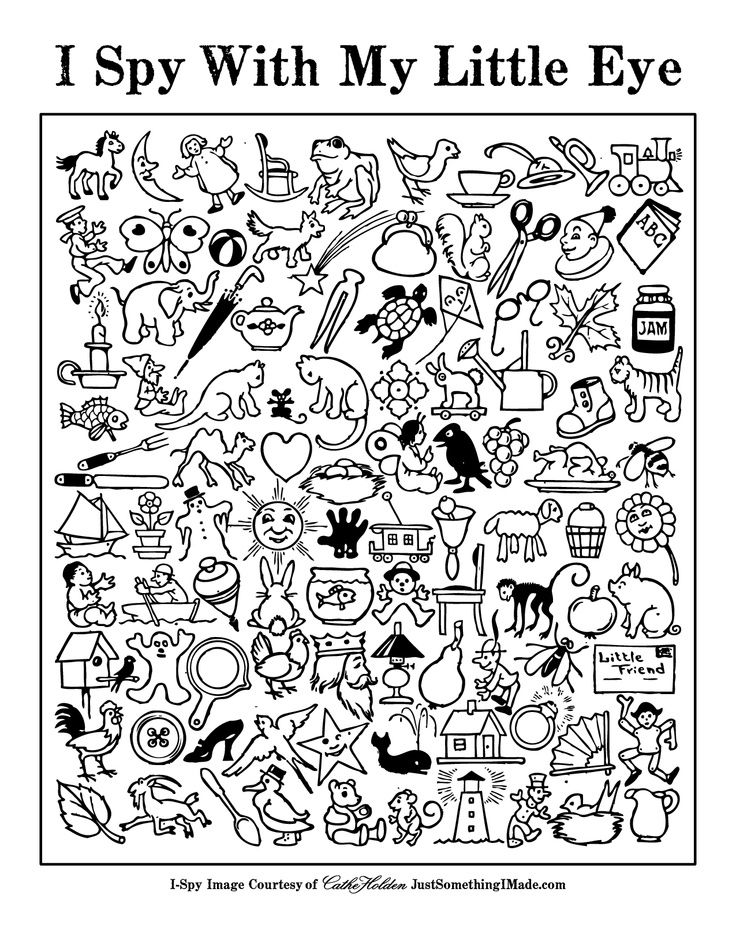 Those who speak foreign languages can agree to play in English, Japanese or even Latin.
Those who speak foreign languages can agree to play in English, Japanese or even Latin.
All games in the series
The traditional game was released in the early 90s, and since then the design of the playing field has not changed much, except that the content of the cards in each country is different. Alias has been translated into 15 languages of the world and is popular in different parts of it. Today, there are also versions for PC and mobile devices in the form of gaming applications that allow even one to play.
Basic version
The company "Taktik" at one time approached the development of the concept of the playing field so competently that it remains unchanged in almost all versions of the game. The basic version uses standard cards with words already printed on them, and you can explain them in any way that does not contradict the rules. Scoring is based on the number of guessed words and penalties, and this is always a team game, it will not be possible to play together.
The basic version uses standard cards with words already printed on them, and you can explain them in any way that does not contradict the rules. Scoring is based on the number of guessed words and penalties, and this is always a team game, it will not be possible to play together.
Elias: Who am I?
Unlike the adult game “I am a character”, here we will talk about the “junior” format. Players fasten cards on their foreheads and are required to guess alone the famous real and cartoon characters indicated on paper. To better hold the card on the forehead, use the bright hoops included in the kit.
Compact version
Sometimes referred to as “Alias Compact”, referring to its small size. Small box, words easy enough to guess can make it a family option for spending time with kids.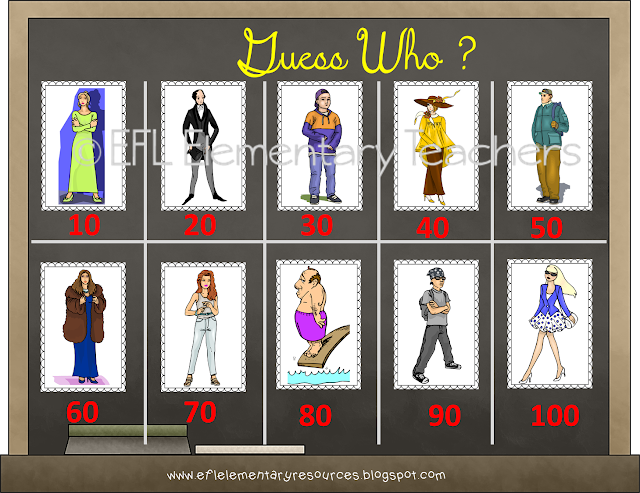
For children (Alias Junior)
Alias for children, aka Junior, suggests focusing on explaining pictures instead of words. Otherwise, children's alias is the same team game. Those who are already 18 will have to tell the guys 7-9 years old how to play correctly, and those who are younger, Alias Junior may not be able to do it yet. Despite the fact that this type is greatly simplified compared to the “classics”, it develops figurative thinking and speech skills, as well as concentration in children.
Alias Family
A hybrid game that allows children to get involved.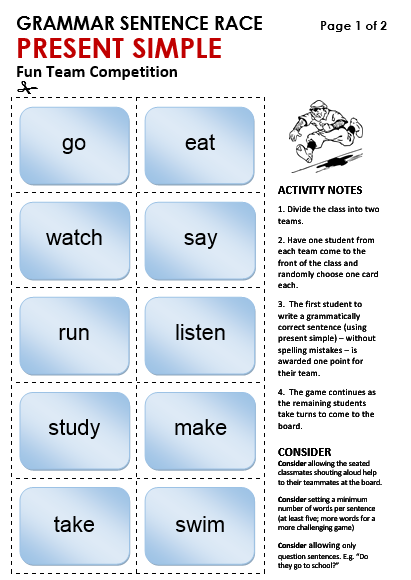 Some of the cards are for children, others are for adults. If the child does not take part, it is enough to use only the adult set, and then the board game will not differ from the “classics” in any way.
Some of the cards are for children, others are for adults. If the child does not take part, it is enough to use only the adult set, and then the board game will not differ from the “classics” in any way.
For parties (Alias Party)
There is a mobile version of the "party", designed like a desktop. You can play it even alone. Three types of modes are offered here. The Elias Party game can be played against the clock for a single player, pitted against two players, or approached a traditional team battle.
The Alias Party Compact version is a board game with paper cards, but in a smaller size to make it easy to take with you on trips or to parties.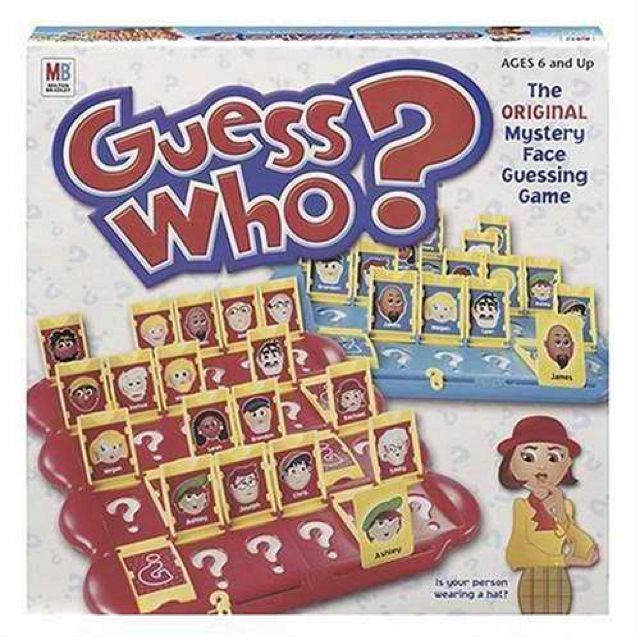 In addition to words, there may be tasks with emoticons and poses, and a roulette may be included.
In addition to words, there may be tasks with emoticons and poses, and a roulette may be included.
Ladies vs. gentlemen
The whole point of gender division: ladies play against gentlemen and sort cards from different decks. For ladies, this is a traditionally white deck.
Crazy Version
The essence is the same, except that before the start of the game, the player reads aloud from the card in a way that will need to explain the words during the allotted minute. As the name suggests, there are completely “crazy” ways of explaining.
As the name suggests, there are completely “crazy” ways of explaining.
Ingenious version
One of the most difficult versions, because it does not give ready-made words for guessing. They will have to be compiled according to certain rules. It is hardly worth indulging in this game with children, because not everyone will be able to quickly come up with a word of a given length with certain letters that have fallen out. But some went even further and created a mix of brilliant Alias with a crazy one.
Similar games
We have already mentioned the game “I am a character”, in the English tradition “I am famous”. But in it, the range of guessable words narrows down to well-known personalities and characters from both the real world and from cinema and even cartoons.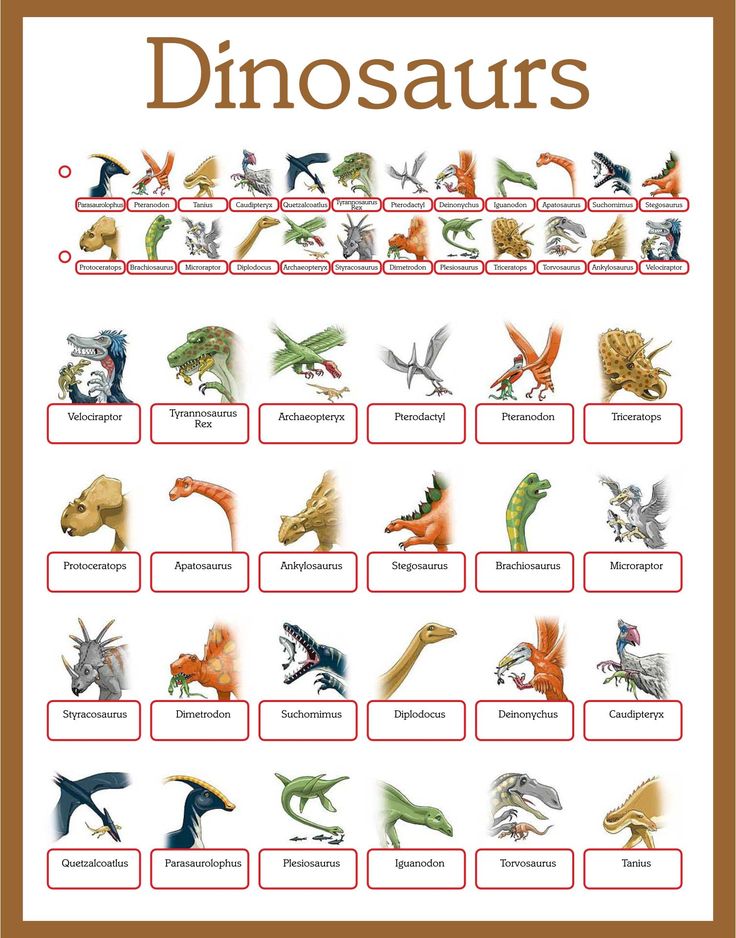 Guessing is not a team, but one player who got a certain card. Plus, the calculation of winning points is not accentuated, there are no chips and the playing field.
Guessing is not a team, but one player who got a certain card. Plus, the calculation of winning points is not accentuated, there are no chips and the playing field.
Other folk games similar to the board game alias are “Crocodile” and the lesser known yard variant “Sabjin”. There are no unique cards in “Crocodile”, words are invented by the participants during the game, which may not be for a while, the playing field is also missing.
“Subjin” includes ball action and is played by at least three players. The driver is given a word, synonyms or associations to which he calls, throwing the ball in turn to other players. They are obliged to catch it and try to guess the hidden word, but if the driver says “subjin” instead of a synonym, and another player accidentally catches the ball, then the driver sits in his place and a new word is taken. If the word is guessed, then the driver remains in his place and the game starts over.
Another popular Russian game, Fanta is more like the British game Truth or Dare than Alias.